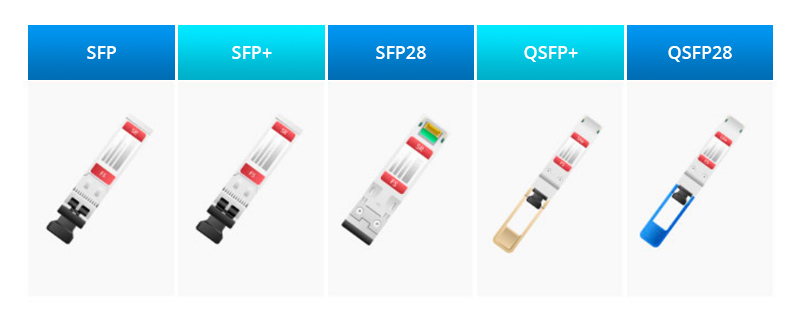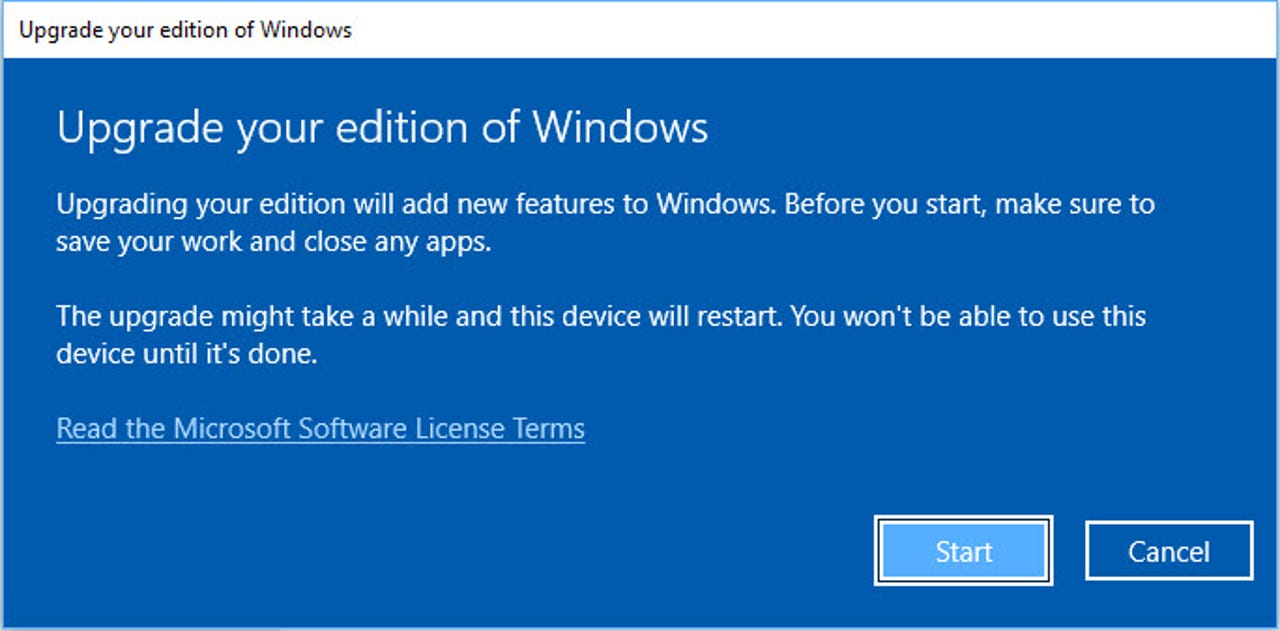
































The upgrade from HometoPro is quick and easy.
If you purchase a new PC with Windows 11 Home preinstalled, prepare to be annoyed. This down-market edition (maybe we should just call it Windows for Cheapskates) doesn't have the features you need for getting real work done.
One option that used to work is, alas, no longer available. Previously, you could reuse an old product key from Windows 7 Pro, Windows 7 Ultimate, or Windows 8/8.1 Pro to enable an upgrade or clean install fromWindows 10 Home to Windows 10 Pro , potentially saving you the upgrade fee. Microsoft closed that loophole in September 2023 when it finally ended its free Windows 10 upgrade program.
Also: Here's the best way to upgrade to Windows 11 Pro, and why you should
These days, to upgrade Windows 11 (or Windows 10) from Home edition to Pro, there's one essential ingredient.
If you've been building and upgrading PCs for a decade or more it might be worth rummaging through your garage, storeroom, or email archives to see if you can locate a product key for Windows 10 Pro or Windows 11 Pro. (Keys for Windows 10 can be used with Windows 11 and vice-versa.)
If you purchased a retail copy of Windows 10 Pro and used it on an old PC that's since been retired, you can freely reuse it. (OEM copies that were preinstalled on the PC when you bought it aren't transferable.) As an alternative, you can look for a discounted copy online. Microsoft's retail price forWindows 11 Pro is$199 , but you can find much bigger discounts without having to look far. Just be aware of the risk associated with "gray market" software.
Also: How to screen record in Windows 10 or 11
If you want to skip the product key completely, you can pay Microsoft$99 for an upgrade directly from the Microsoft Store. A word of caution, though: That license is tied to the computer on which you upgrade and can't be transferred to a different device.
You only need to use that product key one time. After you complete the upgrade from Windows 10/11 Home, the Windows 10/11 Pro digital license is attached to the specific hardware you just upgraded. That digital license allows you to reinstall and activate the Pro edition on that hardware anytime, without the need for a product key.
I've been testing upgrade/activation scenarios on a wide variety of hardware over the years to see how things work. Here's the scoop.
Let's say you buy a new PC with Windows 11 Home installed by the OEM. Some vendors offer an upgrade option as part of the purchase, but many PCs sold in the retail channel are preloaded with the Home edition.
This could also be the case if you took advantage of the free Windows 10 upgrade offer on a PC that was originally running a Home edition of Windows 7 or Windows 8.x.
In either case, the upgrade takes just a few minutes. In Windows 11, start by going toSettings > System > Activation(on Windows 10, go to Settings > Update & Security > Activation).
The Pro upgrade no longer accepts product keys from older versions, but a Windows 10 Pro key can be used with Windows 11 and vice-versa.
Click the arrow to the right ofUpgrade your edition of Windowsto expand that section. Locate your product key for Windows 10 Pro or Windows 11 Pro, click theChange Product Keybutton and enter that 25-character key here.
Note: If you don't have a Pro product key and you want to upgrade immediately, click Open Store; there, you'll have the option to purchase an upgrade for$99.
Enter a product key here and then follow the prompts.
After entering the product key, follow the prompts to perform the upgrade.
You'll see a succession of progress screens and your system will restart. After the upgrade completes, you should see a Success notification. Got toSettings > System > Activationagain to confirm that you're now running Windows 11 Pro.
After you've successfully performed a Home-to-Pro upgrade, you can file that product key away. Your upgrade is now a digital license, attached to your unique hardware. If you perform a reinstallation of Windows, Microsoft's activation servers will recognize and activate Windows automatically -- I've tested the process personally on hundreds of physical and virtual systems of systems over the years and can confirm it works.
To install a clean copy of Windows on a PC that already has a digital license for Windows 10/11 Pro, you need to boot from a USB flash drive that contains the Windows setup files. When you see the option to enter a product key, chooseI don't have a product key.
If your PC already has a Pro license, don't enter a product key when reinstalling.
When prompted, be sure to choose Windows 10 Pro or Windows 11 Pro as the edition to install. Don't choose any of the options whose names end with the letter N, and don't choose Windows Pro for Workstations.
Also: The best laptops: Expert tested and reviewed
Follow all the prompts to complete the installation and go through the Out of Box Experience to sign in for the first time on the newly installed operating system.
After setup is complete, sign in and check the activation status (Settings > System > Activation). Assuming you didn't make major hardware changes, Microsoft's servers will recognize the hardware and you should see a notice that the system is activated with a digital license. If the system isn't properly activated, clickTroubleshootto see if you can resolve the issue.
The one gotcha in this series of scenarios comes when you have a system that includes digital licenses for both Home and Pro editions. In that scenario, you might inadvertently restore the original Home edition. That happened to me during the course of testing for this article. I used a recovery image to reinstall Windows 11 on a PC that had originally shipped with Windows 11 Home and had been upgraded to Windows 11 Pro. If that happens to you, don't bother searching for the product key you used to upgrade.
Instead,use Microsoft's generic product key to force the upgrade.
On a PC running Windows 11, go to Settings > System > Activation. (On Windows 10, this option is atSettings > Update & Security > Activation.) Expand theUpgrade your edition of Windowssection, if necessary, and click theChange Product Keybutton.
Enter the following product key:
VK7JG-NPHTM-C97JM-9MPGT-3V66T
(Note: That generic product key isn't magical. If your hardware doesn't already have a Pro license, you'll get an activation error and you'll need to supply a proper product key or pay for an upgrade.)
Follow the prompts and restart to complete the upgrade.
Because you previously upgraded to Pro on this hardware, Microsoft's activation servers will recognize the digital license and activate your newly installed copy.
Security of the operating systems remains the biggest difference between the Windows Home and Pro programs, with the Pro version ultimately reigning as the safer choice to secure and protect your information. Windows Pro edition adds the following features that are not available with Home edition: Domain Join, Hyper-V, BitLocker, Microsoft Update for Business, Remote Desktop Server, and Assigned Access features while the Pro version does. Learn more by comparing onMicrosoft's website .
Depends on what you need. If you want the option to encrypt all files on all drives using BitLocker Drive Encryption or want the ability to defer monthly updates, then consider going Pro. However, if you're just using your PC for routine tasks and you don't need those advanced features, the Home version should work for you just fine. Sign in with a Microsoft account to ensure that the system drive is encrypted.
A clean install removes a previous software installation and installs a new copy with default settings.
 Etiquetas calientes:
tecnología
Servicios y Software
Sistemas operativos
Etiquetas calientes:
tecnología
Servicios y Software
Sistemas operativos